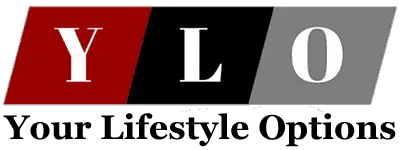I flew from Thailand to China on the 4th of June, arriving in Beijing to begin my learning program on Traditional Chinese Medicine (TCM). Chinese Acupuncture, Massage, Cupping, Herbal Therapy, and Bha Qua, are all treatments used in TCM. I had been reading up on the elements of treatment involved in TCM before my trip. Disclosure: I was a guest of Juicertrip and Ctrip for this tour, however, all opinions expressed here are my own.
This morning I was taken to the clinic for my initial examination and treatment. I have had some arthritis in my knees and was eager to find out what effect that could have on the problem. When we arrived outside of the International Clinic located in the Donzhimen Hospital. my tour guide called and we were told to wait in the lobby. Inside the lobby was the Pharmacy which consisted of various herbs being processed behind glass in a clean room. Everything seemed to be running and operating and a very high level of professionalism.
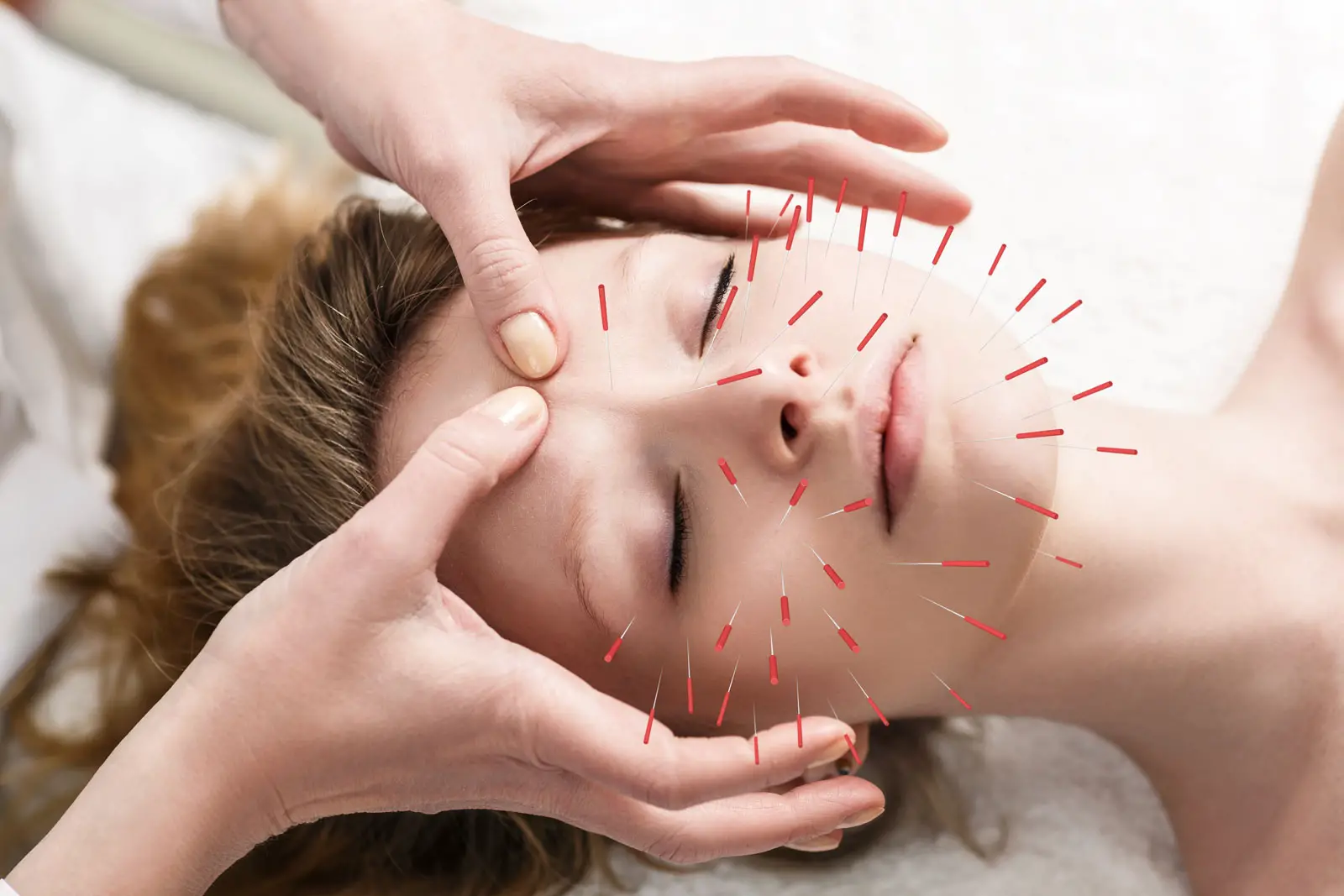
I am going to give you just a short background on TCM to give you a better understanding of the treatments that I am going to experience. The practice has been around for over 2500 years in China, much like the programs in Japan and Korea, but, each with its own traditions.
The Chinese Physicians are taught that the body is divided up into meridians with each one controlling certain parts of your anatomy. Your energy or (Chi) courses through your body and enters and exits the meridians. The stronger and healthier this inner Chi, the healthier and happier you will be.
They do this in three ways. 1. Massage, 2. Acupuncture and 3. the Art of Bha Qua. Bha Qua is an art somewhat like Kung Fu or Karate but not a martial art. It is a set of movements you will make while having a strong meditation process to enhance you Chi and create a healthier state of well-being.
I believe all of us know the power of these three elements although the 3rd can be achieved with other programs such as Yoga, Pilates, Meditation and more. All of these type programs are focused on the mental aspect of good health and everyone knows that a good mental state is a necessary part of overall good health. While Bha Qua is a Chinese staple of TCM the others are also well known to provide a healthy outlook on life.
Western doctors have done many studies and have more or less agreed that elements1, 2, and 3 provide good health and can aid or offset certain illnesses, to some point. There is one element not so easily resolved and that is number 4. That is the use of herbs in TCM. There have been many studies done on all four elements and the first three all provided relief and helped in treating illness as well as a stable healthy mental outlook.
Having been here and working with these doctors I would tend to believe that the Herbal medicine would have to provide aid to people as well. Herbal medicine has been practiced by every society in the world since almost the beginning of time. People as far back as cave dwellers were known to have used certain herbs and leaves to help combat ailments.
The sticking point, especially taking herbs in the Western World as well as doing studies and tests is ‘where the herbs are obtained’. As a very basic comparison, a $5.00 bottle of wine is not as good as a $1000 bottle of the finest French vintages. So, the place where the herbs were obtained by the pharmacy and how they are tested and handled can be a huge part of any benefits you may see. Also, most of the tests have been done by Pharmaceutical companies so that might be the most favorable testing process. I have not personally tested any of the drugs and cannot venture an opinion on their value. However, over half of the population here in China do take advantage of TCM doctors which speak volumes on their thoughts of the benefits.
Treatment: Massage And Chinese Acupuncture
Now back to my first treatment session. This is the first part of the treatment with the Tui Na Doctor (Chinese therapeutic massage).
I described the problems I was having with my knees and answered some questions he asked. The Doctor then began a lengthy examination of not only my knees but my lower legs as well due to some circulatory problems I have in my right leg. The examination was both assessing the movement in my legs which gave me no pain at all but the times he worked on pressure points in my right knee gave me a shooting pain. The other portion of both of my legs which were very sensitive were further down in the calves. He said that the treatment would take about an hour.
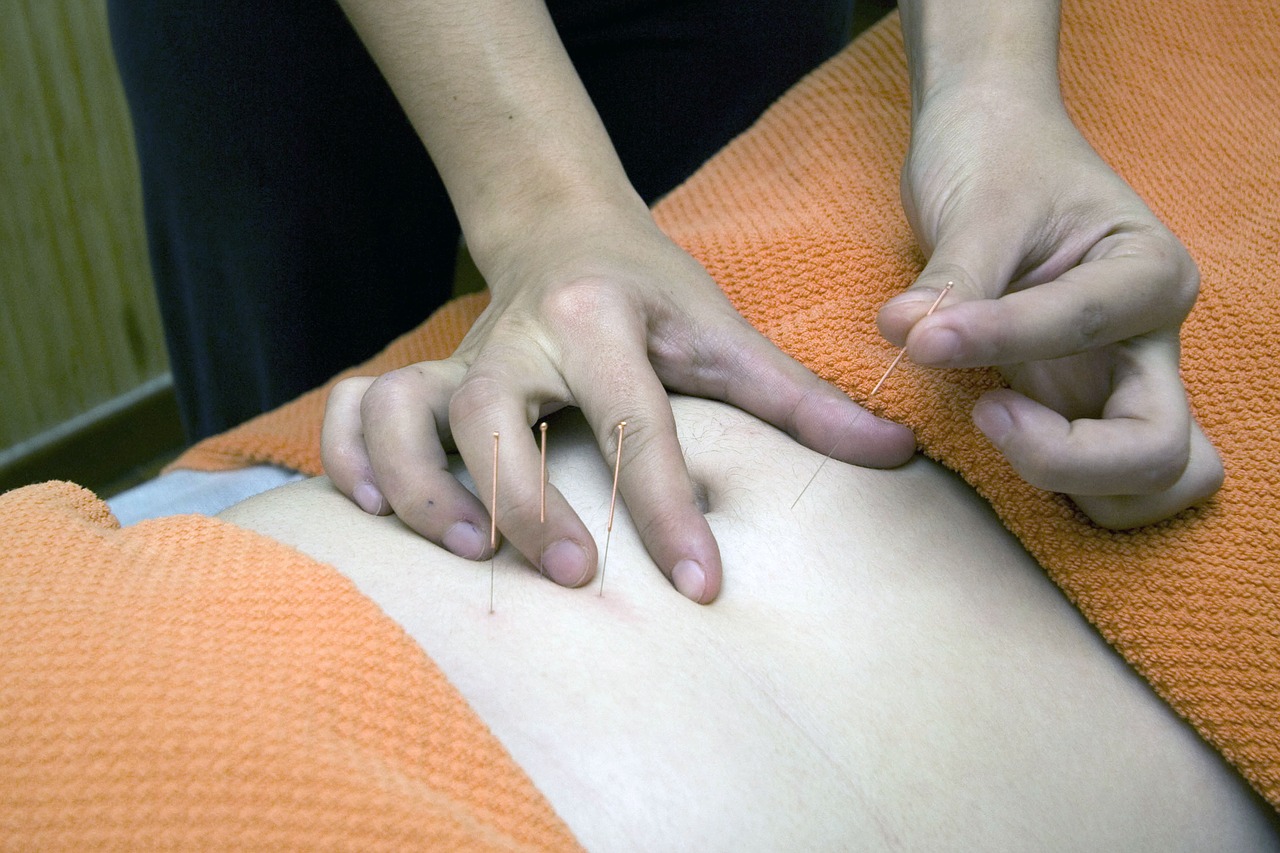
His course of treatment began with an intense massage in my upper leg above the knee and progressed down into the calf of each leg. I had some tension and a little pain in the upper leg but once again the real issue seemed to be further down below my knees. The pain in my right leg as he did the massage was really intense at the beginning but did improve over the course of the treatment. While the left leg had some of the same pain at first it was not nearly as sharp. The entire treatment lasted at least one hour and afterward when I stood up it was like my legs were very rubbery. That feeling did pass in a few moments. I was told that my legs would be a little sore the next morning and would improve throughout the day.
Note: Our afternoon here consisted of a visit to the Hutongs (Ancient City Area) and my legs were a little sore after walking throughout the afternoon. I am writing this the next morning and have little to no problems today. All in all, I am feeling fine after the treatment. I will be returning on Friday for a second treatment and will give a complete assessment of the overall benefits, if any, in the follow-up article.
Chinese Acupuncture Treatment
The second part of the examination dealt with a Chinese Acupuncture Doctor. As many of you know, the one thing I hate more than anything are needles and to say that I was not looking forward to the Chinese Acupuncture part of the treatment, would be a gross understatement. He began by checking my pulse and in my case due to my age, he also checked my blood pressure.
NOTE: On leaving the United States and weighing 335 lbs my blood pressure had gotten quite high at around 155/130 which was the highest reading I had every had. However, after losing around 115 lbs in body weight it was back down to a perfect reading of 130/80 which I attribute to not only weight loss but the reduction of stress due to my new lifestyle and diet.
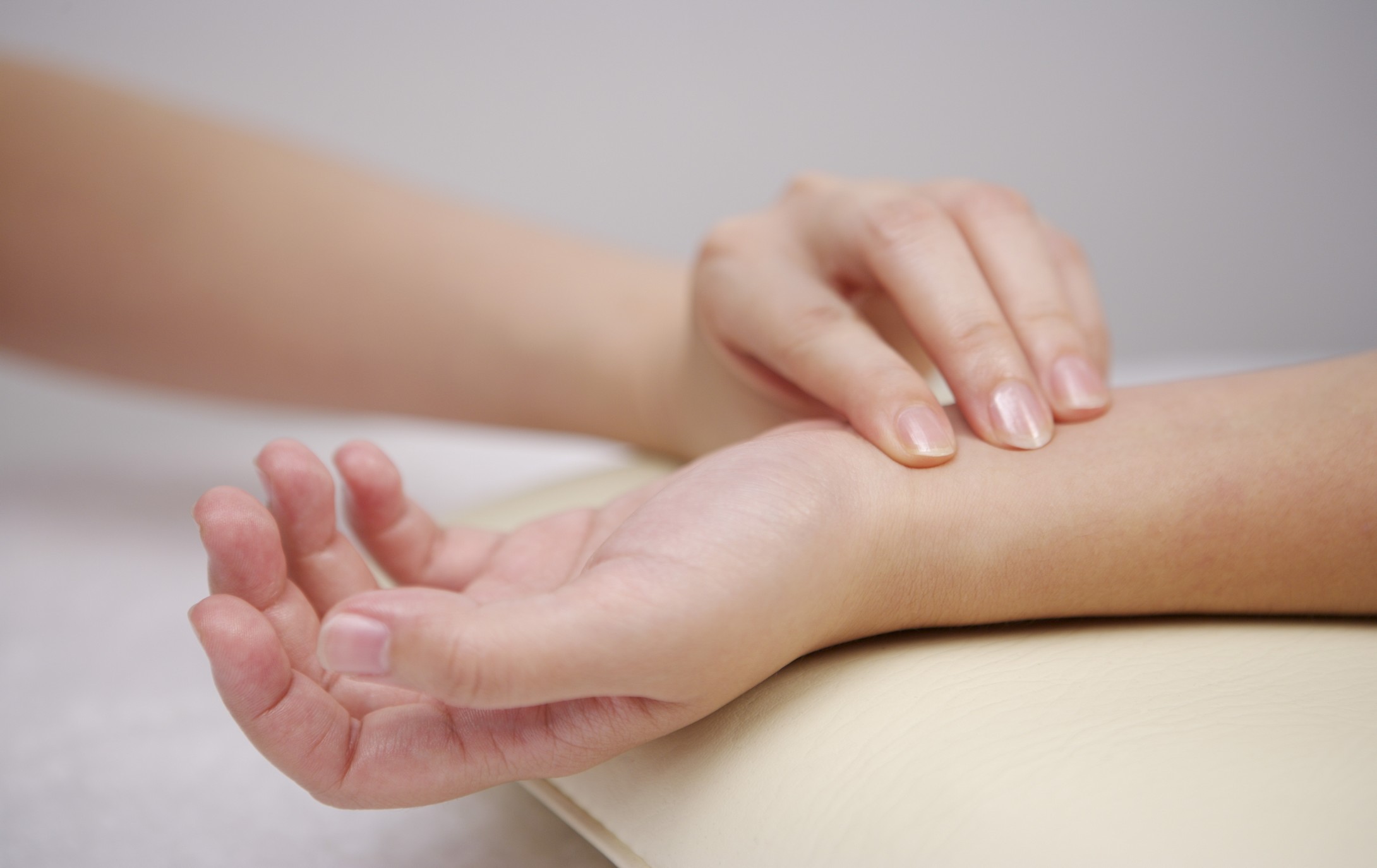
After a very lengthy examination of my pulse, the doctor recommended a course of treatment to help with problems that he saw in the different meridians of my body. He was able to discern those problems by the amount of Chi that was going through my body and the meridians that he felt had a lower than normal amount of energy. I want to point out that this is not a pulse examination like in a Western examination where they discern the number of heart beats. It took from 5 to 10 minutes with him alternating from one wrist to the other.
He began the Chinese Acupuncture Treatment after a few minutes by putting at least 7 very tiny needles into different areas of my back. I never felt any discomfort from the treatment and did not know when any of them were inserted. He did some manipulation of the needles after insertion and I did fell that but there was no pain involved more like he was pressing a finger on that part of my back. He told me that for the treatment to have its maximum benefit that he would put a heat lamp on my back for 20 minutes to increase the benefit of the Chinese Acupuncture Treatment.
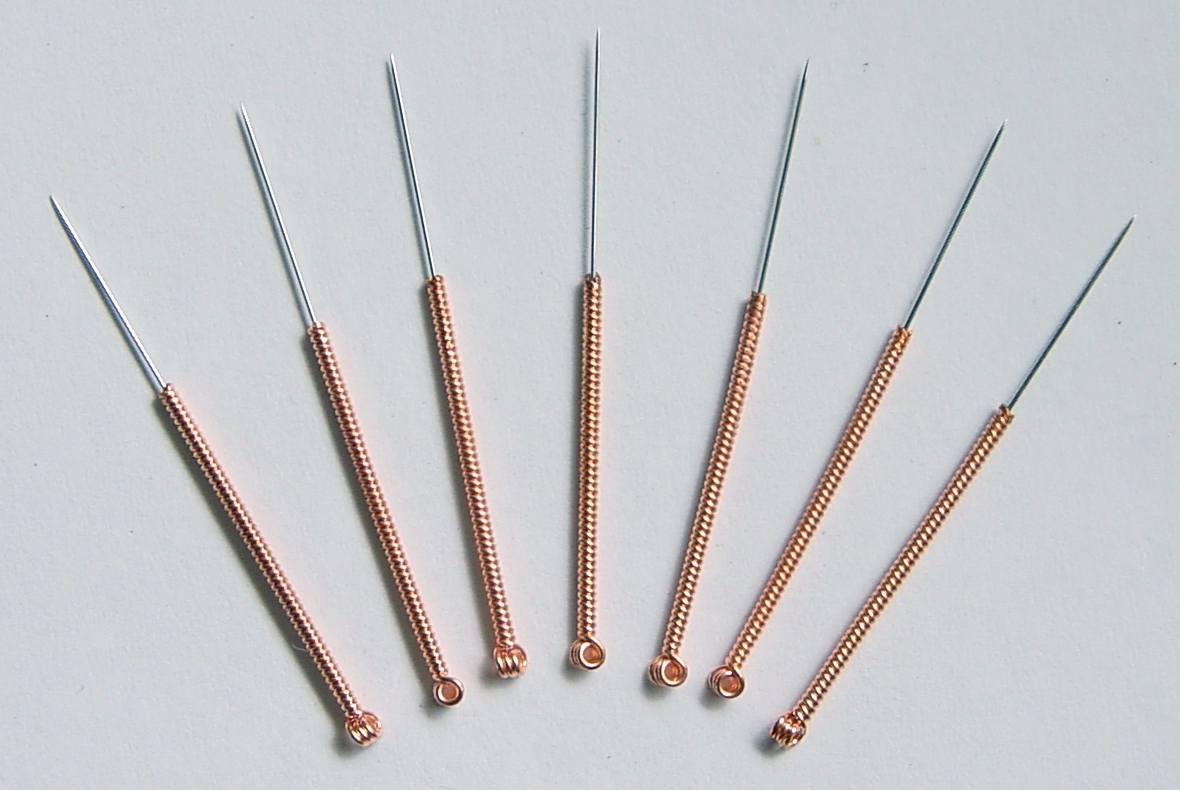
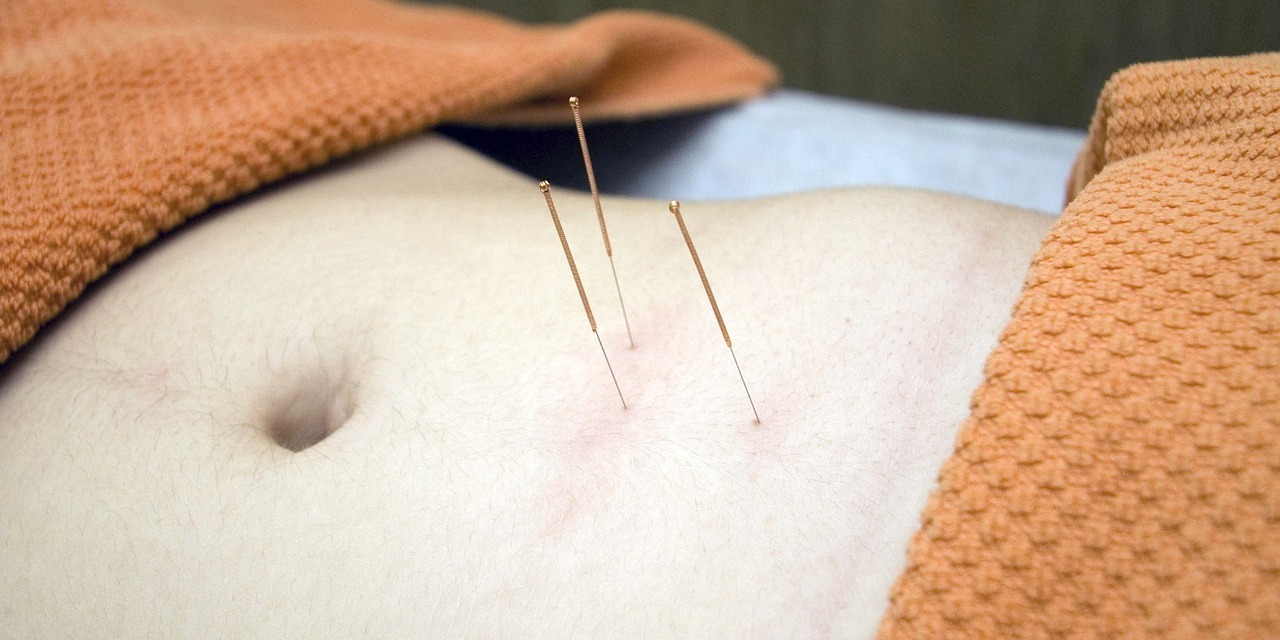
The second part of this treatment involved moxibustion and it is not quite as bad as it sounds. It is another method of warming the area near the needles. Some small packages of some sort were lit on fire with a lighter. They did not flare and only smoldered as they burned the herbs that were inside. There were two of them and these were placed inside a small box that was put on my back near the needles. The benefit of this is only meant to increase the effectiveness of the Chinese acupuncture treatment.
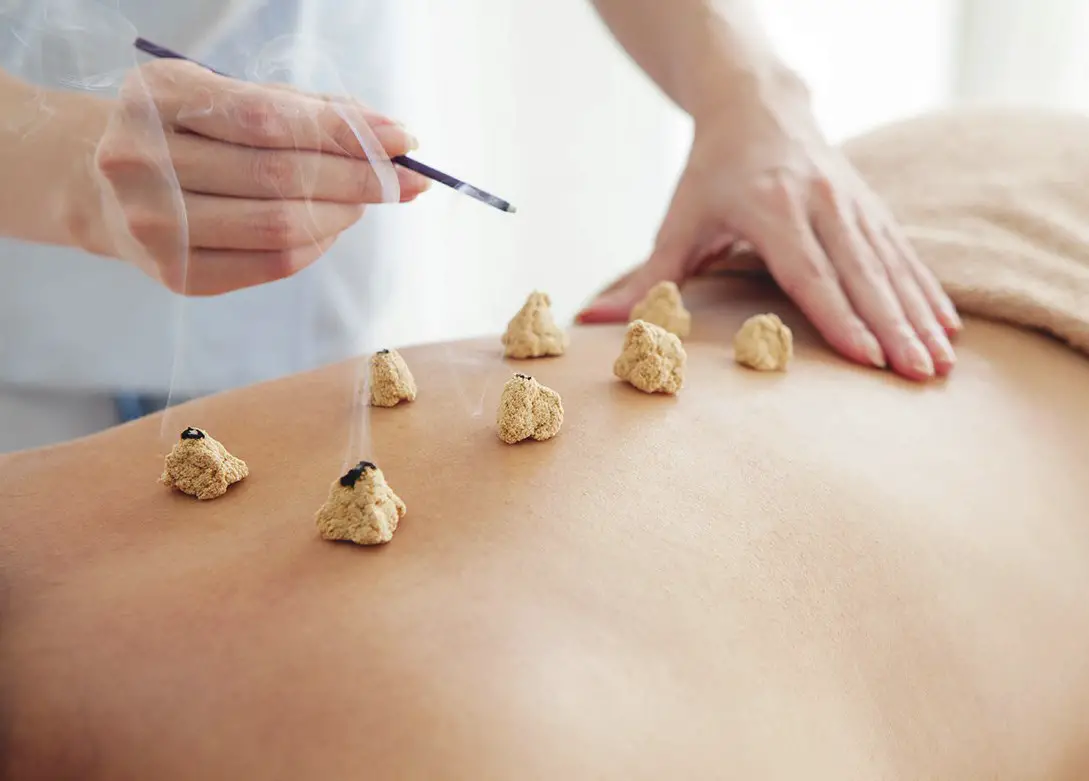
Moxibustion is a traditional Chinese medicine technique that involves the burning of mugwort, a small, spongy herb, to facilitate healing. The purpose of moxibustion, as with most forms of traditional Chinese medicine, is to strengthen the blood, stimulate the flow of Chi, and maintain general health.
After the treatments were concluded I did not have any pain except for the earlier described soreness in my legs from the massage. However, at this point, I am not having any problems with that. I have not had any discomfort from the Chinese acupuncture treatment and could not even tell you where the needles were inserted. The overall benefits will have to be assessed a few days after the second treatment on Friday.
More on Traditional Chinese Medicine
THE PRICE: The average cost for the Chinese Acupuncture treatment is around $80 and the cost for a Tui Na massage treatment is around $40 to $50. The cost can vary on the Chinese acupuncture from $80 to $120 and the first treatment is the longest and usually toward the higher end of that price range.
OTHER TREATMENTS PROVIDED: The 4th type of TCM (this one was not a part of my treatment) is called Cupping. Before the new technology developed the doctor would place warm cups top down on the different meridian zones of your body. The heat inside the cups would allow the cup to stick to the skin and pull the skin upwards. Today the cups have a syringe on the top and the doctor can simply adjust the amount of suction with the syringe.
The doctor can examine the different areas where the cupping took place. The darker the area and longer it takes to lose its discoloration the more toxins are contained in that meridian giving the doctor insights as to what the course of treatment you might need. I have a picture of one of my travel mates Lexie who had the treatment on Monday. This photo was taken on Wednesday and most of the cupping marks have dissipated.
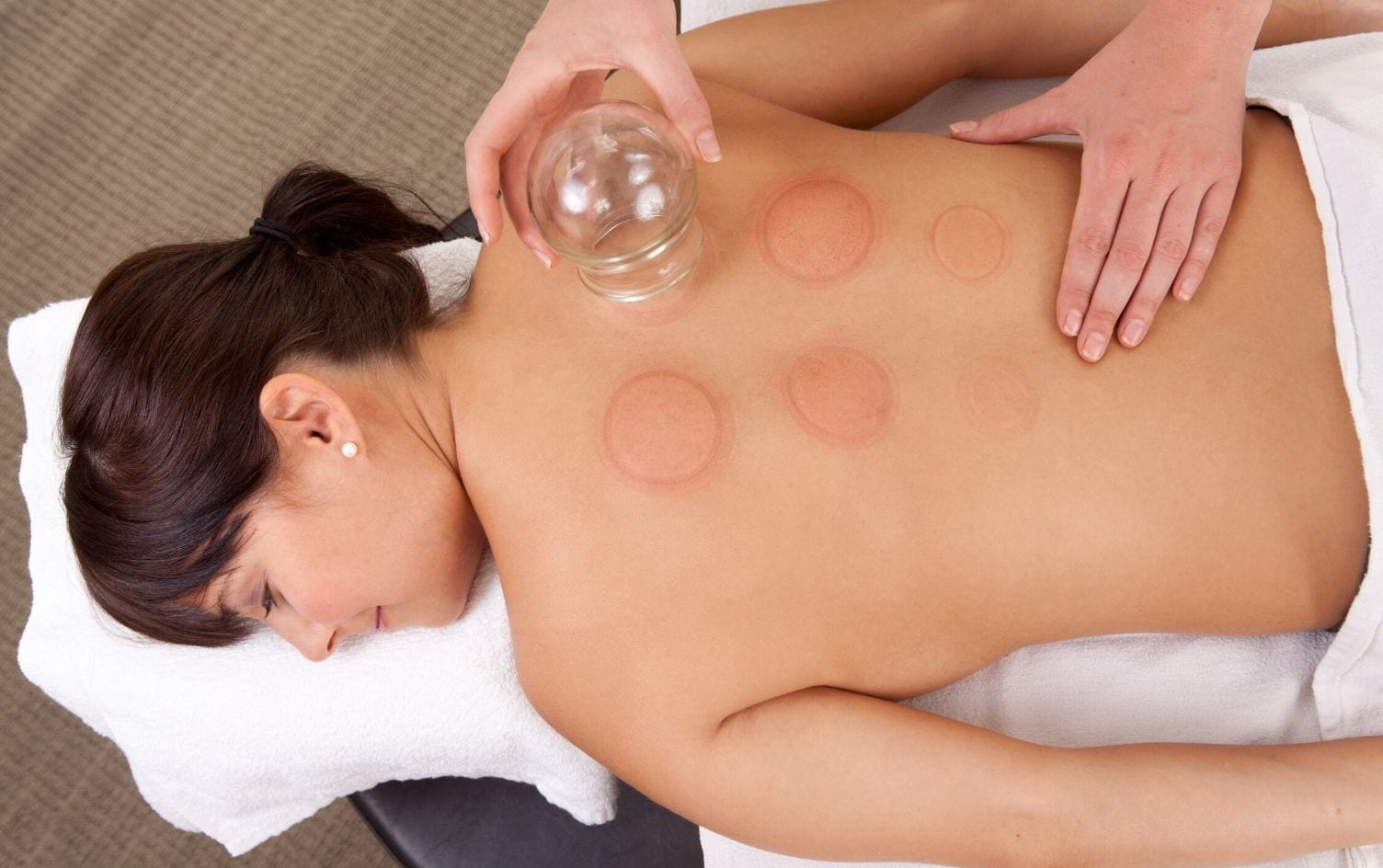
THE FACILITIES: The last thing I would like to do in this introduction to TCM is to describe the facilities at the International Clinic and Donzhimen Hospital. The hospital is a beautiful building has a number of clinics inside as well as the herbal pharmacy on the first floor. The patient services are fast and there is no waiting for hours to be seen by a doctor. In all I had two full-time doctors, a lady we will call “B” since I could not pronounce her name who ushered me around the hospital to the various doctors, a very shy student with flawless English since the first doctor had only basic English skills and of course my tour guide who was with me the entire time.
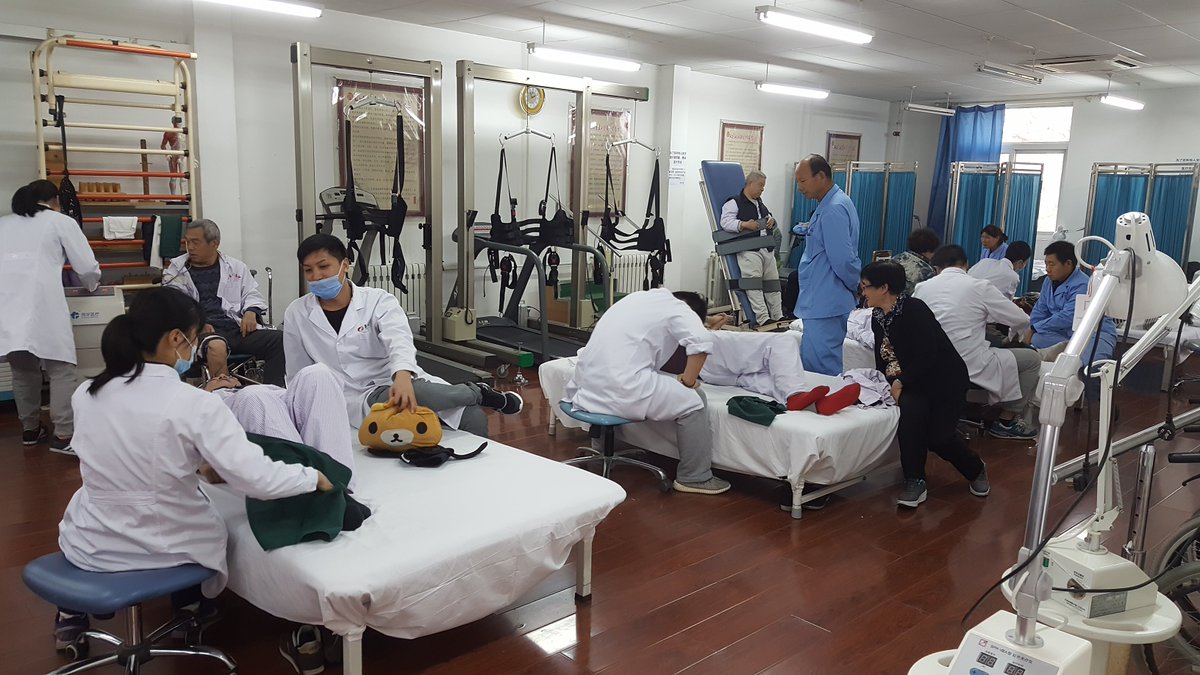
My OverAll Experience with TCM
There was no rush to finish and get on to the next patient. I was given their full attention by both doctors. They were not running a chain program going from room to room working with other patients. Both Doctors stayed with me the entire time of their sessions, which was between two and three hours. Far different than the treatments you would get from a doctor back home in the states where you usually have lengthy waits, a 5 to 10-minute exam and then be sent on your way.
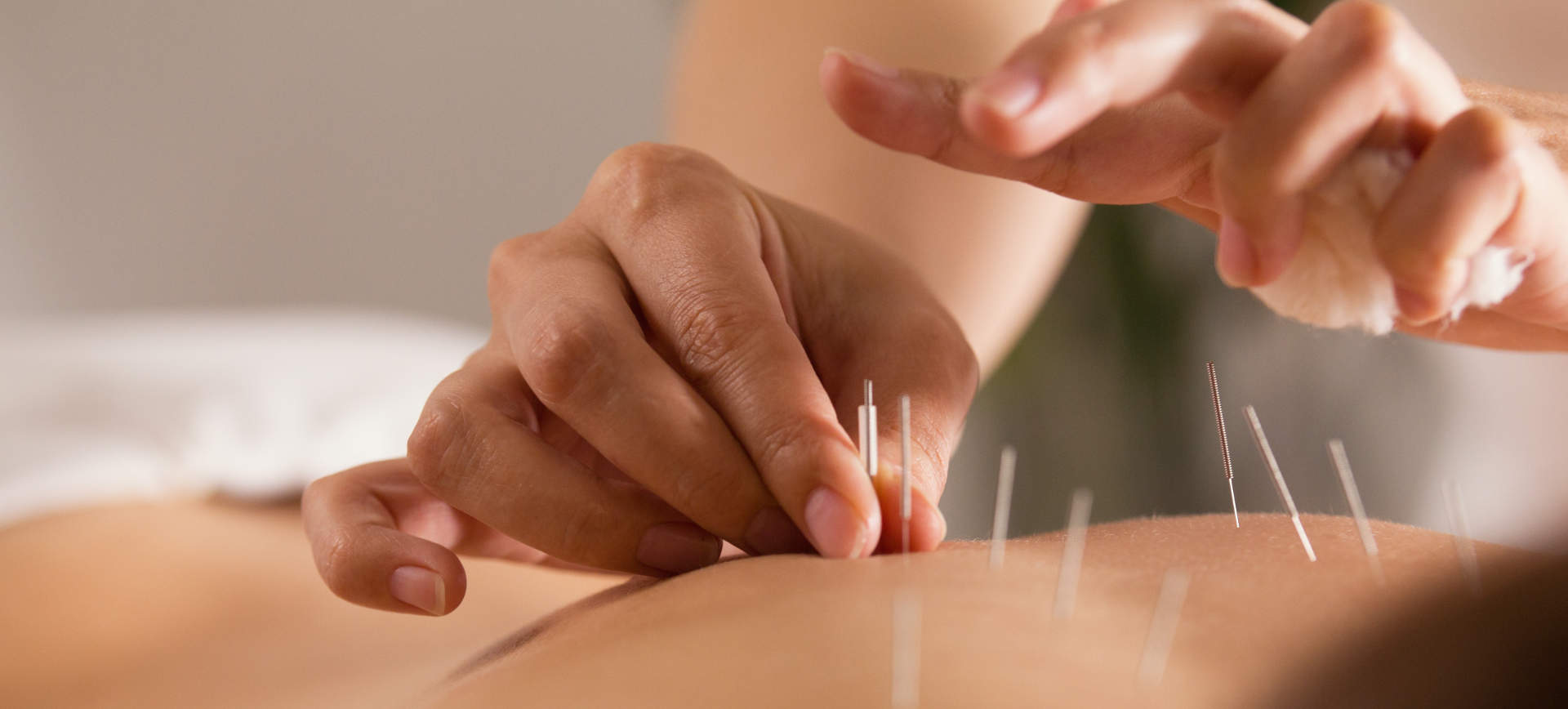
I was very comfortable with the entire process and felt like the people there had a genuine desire to help me with my problems. I do not always get that feeling from doctors practicing Western medicine. Should you need a TCM treatment in Beijing I would not hesitate to recommend the services and staff here. This was how I would love to feel and be treated anytime I went to a hospital for medical help.
#juicertrip #tcm #beijing #chinesemedicine #china #chineseculture #chinaclickgo #beautifulbeijing #traditionalchinesemedicine #accupuncture #massage #chi #meridians #beijing
